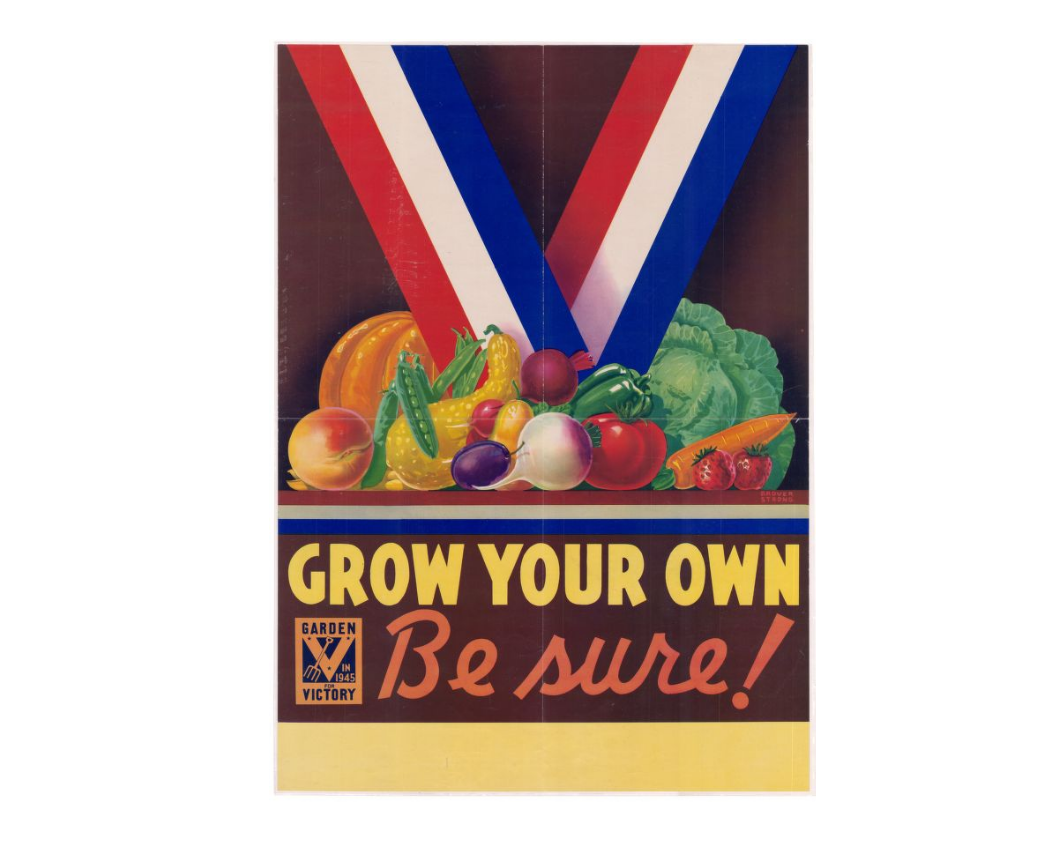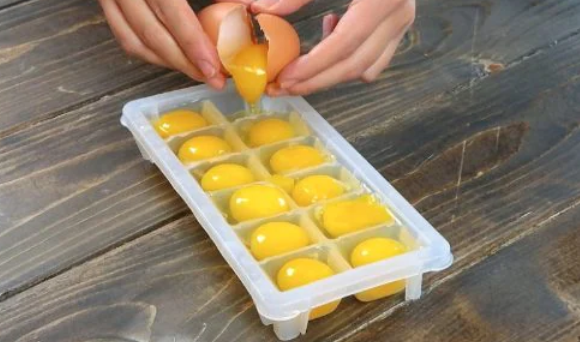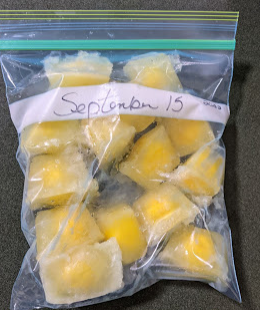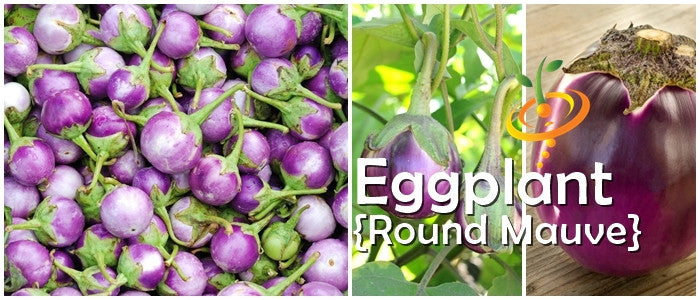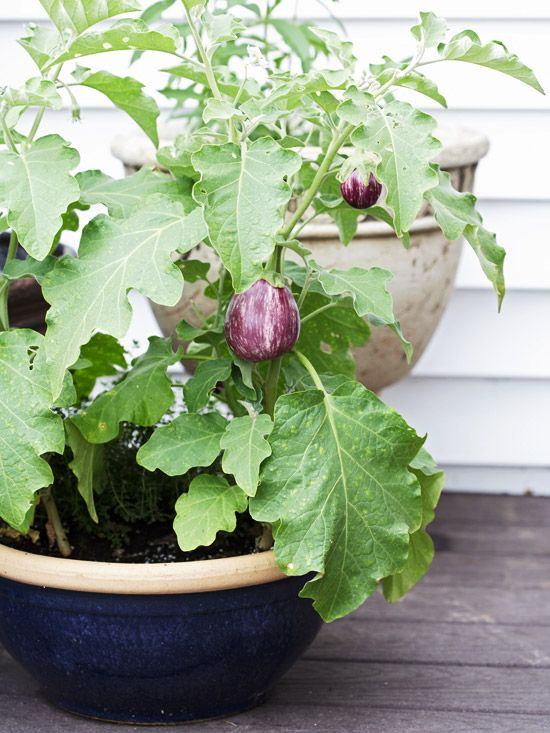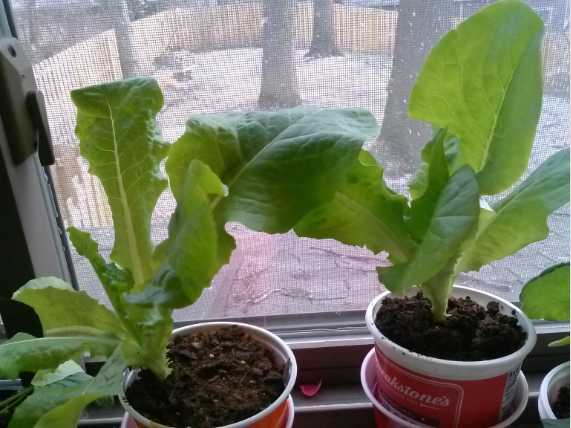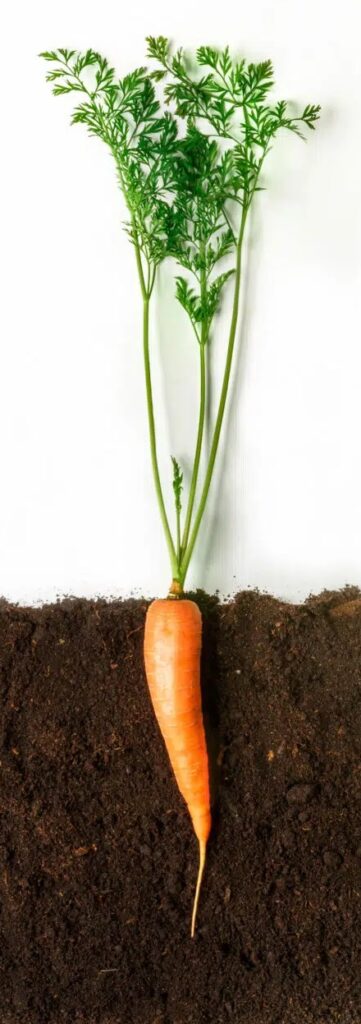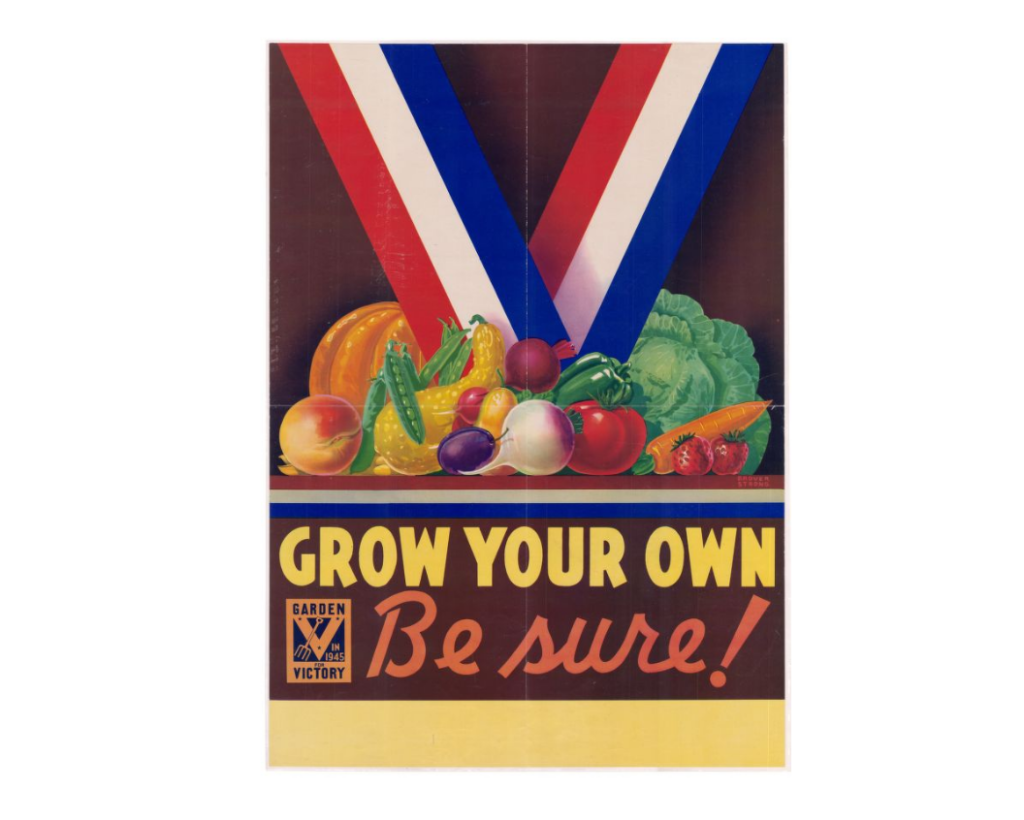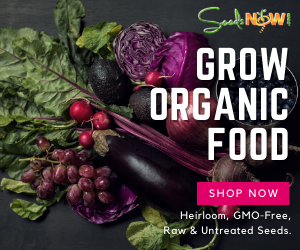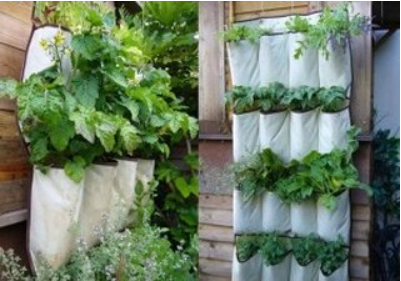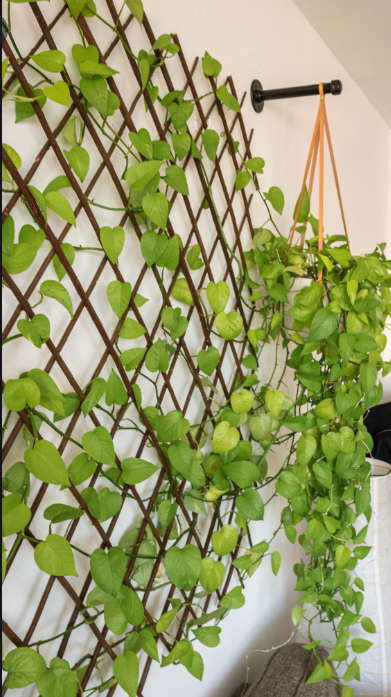“Back in the day” more people lived on farms, which meant food storage was a way of life. You planted in the spring, tended the crops all summer, and preserved the food in the fall. They canned, dried, smoked meat, and stored root crops in root cellars. Many had chickens and cows. They did this to survive until the next planting season.
With today’s uncertainty of viruses, shut downs and less employment; having an indoor garden producing during fall and winter is a smart move.
- Increases our self sufficiency;
- Saves money on groceries as well as food storage;
- Feeds our families more nutritious food without all the fillers and chemical preservatives;
- And self satisfaction of knowing we can do it if we have to.
Freezing home grown produce to 0°F is the easiest, most convenient, and least time-consuming method of preserving foods.
Freezing Fruit:
The only equipment needed for freezing foods are clean containers that are designed specifically for freezing food, such as freezer bags, plastic freezer containers, or Mason jars . (Do not use glass jars that are not specifically for canning/freezing as they may break easily.)
Containers should be moisture/vapor resistant to prevent “freezer burn.” Using a vacuum sealer is the best way to prevent freezer burn.
Choose fruit that is fully ripened for the best taste and nutrition. Wash thoroughly and cut off any bruised or damaged parts. If you see any mold at all, discard the fruit.
Cut into serving or bite-sized pieces for easier serving when thawed later. Do not blanch fruit as it will be mushy when defrosted.
Cut fruits usually taste better if frozen in a sugar syrup or dry sugar which coats the fruit and protects it from the enzymes that change the color to brown. Use dry sugar for fruits that easily produce juice such as strawberries and peaches. Those that juice more slowly need a sugar syrup such as pineapples and apples.
Small berries such as cranberries, blueberries, raspberries, blackberries, and currants can be frozen without sugar.
To prevent fruits such as apples, peaches or pears from turning brown when exposed to air, dip them in ascorbic acid or lemon juice.
Label the container with the date and the name of the product.
Freezing Vegetables:
Freezing vegetables is a little different – they need blanching before freezing. What is blanching? It means to cook slightly before freezing. (Fruit does not need blanching; it will just make fruit mushy.)
- Wash, peel, and trim away bruised areas. Cut into serving sizes, if desired, before freezing. Blanch all vegetables (except peppers and onions) to preserve quality and stop the enzymes that cause spoilage.
- In a large sauce or stock pan, bring water to boiling. Place the prepared vegetables in a metal strainer that will fit in the pan and lower food into the boiling water. Begin counting the blanching time. (See table below for blanching times.)
- Use one gallon of water for each pound of firm vegetables (about 4 cups) and two gallons of water for each pound of leafy greens (about 8 cups). Don’t add more vegetables than suggested at one time, as larger amounts will lower the temperature of the water. Time and temperature are critical to destroying the enzymes that cause spoilage.
- When the blanching time is done, plunge the vegetables into ice water until cooled. This prevents them from over cooking and helps retain the nutrients and color. When cooled, drain and dry thoroughly. Drying the vegetables is important because extra moisture can decrease the quality and cause more ice to form on frozen veggies.
It is important to pack the food in the appropriate plastic freezer containers. Use freezer ZipLoc bags, plastic freezer cups, canning bottles, or vacuum sealing bags. Leave 1/2 inch of headspace for dry food and 1 to 2 inches for food covered with liquid/syrup.
Chest Freezer for more storage space in your house and easy access. The chest freezer features a balanced hinge design so you can ensure that you can get in and out of it with ease. On Sale: $161.10.
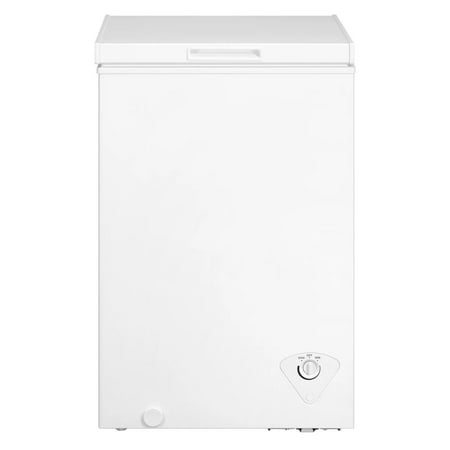
Related:
Indoor Gardening
Dwarf Cavendish Banana Plant
GROWING AND STORING FRESH PRODUCE
Lavender As A Crop
How to Make Soap
How to Make Essential Oils
Previous: INDOOR GARDENING
